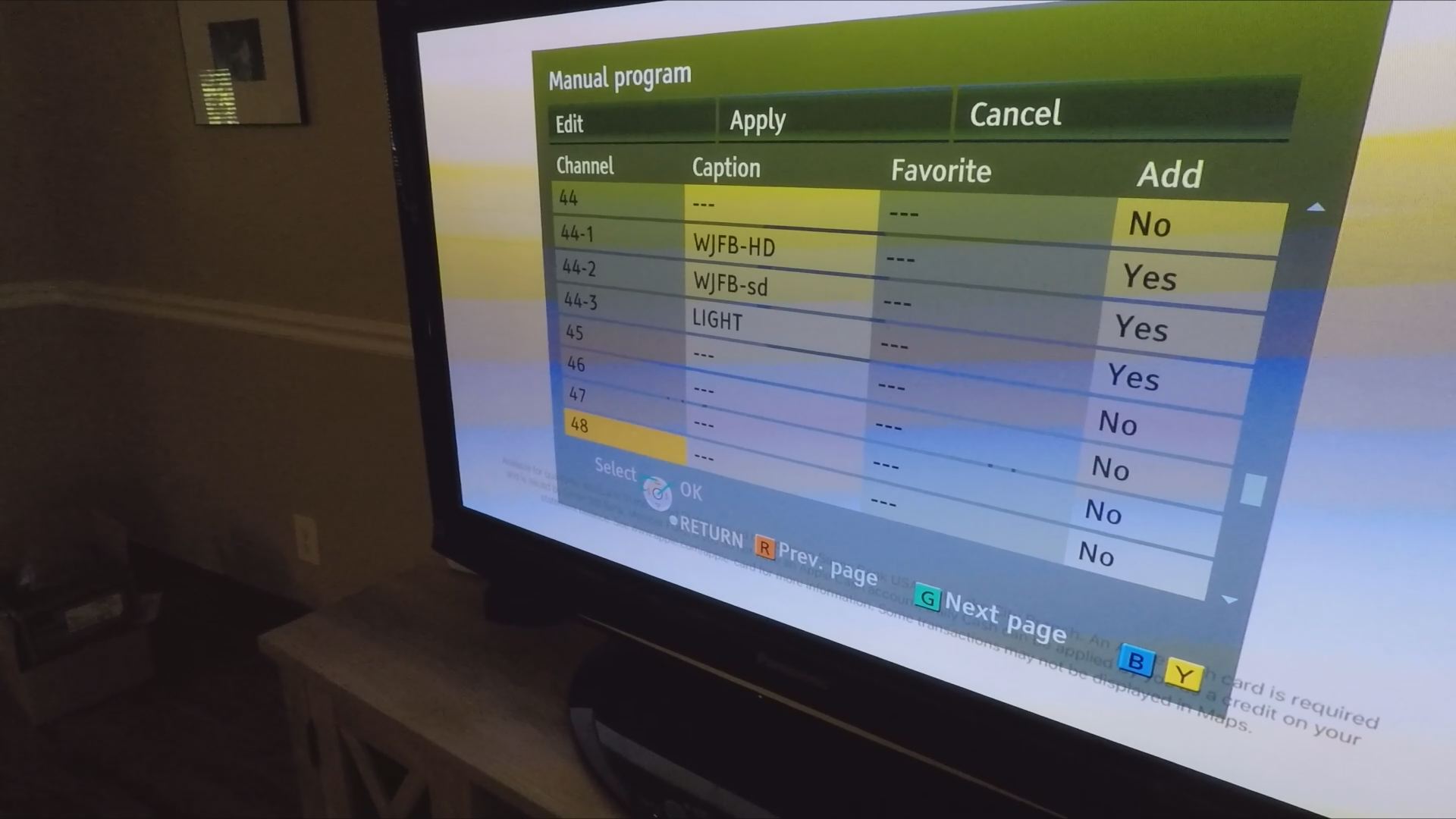- Home
- The Latest
- The truth about TV antennas

Don’t believe the claims you see on ads and listings for HD antennas.
The Truth About TV Antennas
Your grandparents probably used a TV antenna back in the day. But these days, antennas are important again to anyone with a TV. With the rise of streaming services, you might think that antennas are a thing of the past. But that’s not true. Antennas are a great way to get free, local channels. And they’re not as complicated as you might think.
Here’s what you need to know about TV antennas:
- Range: TV antennas can’t tune in to channels hundreds of miles away. Reception requires line-of-sight between the antenna and the broadcast tower. The curvature of the earth prevents the signal from traveling hundreds of miles away. It’s science.
- 4K: Antennas won’t get channels in 4K. Stations don’t broadcast a 4K signal. At least not yet. When they do, any antenna can tune them in.
- Cable channels: You won’t get cable channels, no matter what the box says. Some TV markets have ATSC 3.0 which means smart TVs and antennas will receive more channels, but not live cable channels like ESPN or HBO.
- Price: While they’ll work as an antenna should, be skeptical of listings like this. A $160 antenna with a 900-mile range and cable channels. A 30-40 dollar antenna will work just as well.
- Old antennas: An old antenna works okay. I found this one in my dad’s garage and it gets HD as clear as can be.
- Scanning for channels: Don’t forget to scan for channels every few months. You may find channels will come in clearer and you may get channels you didn’t get before.
So there you have it. The truth about TV antennas. They’re not as complicated as you might think, and they’re a great way to get free, local channels. So if you’re looking to cut the cord, or just want to save some money on your cable bill, consider getting a TV antenna. You won’t be disappointed.
Keywords: TV antenna, free channels, local channels, cord cutting, streaming services

